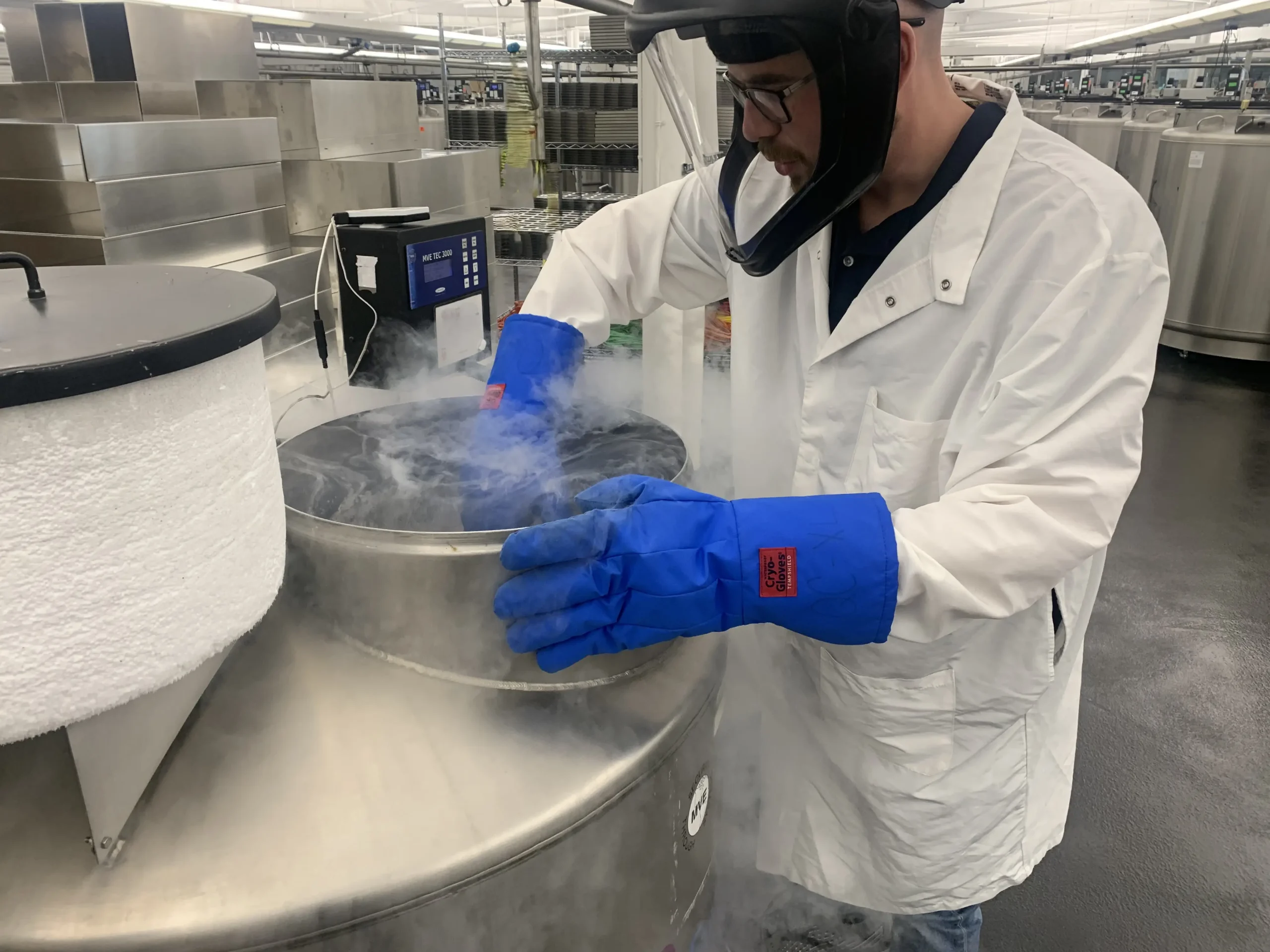Business continuity planning (BCP) is essential for ensuring the continued operation of daily organizational functions, maintaining the integrity of critical material, and ensuring the safety of personnel during a natural disaster or unforeseen emergency.
Consider the following factors when developing a business continuity plan,
1. Risk Assessment
Identify potential risks that impact the operation of your cold storage systems, such as power outages, equipment failures, and supply chain disruptions.
2. Essential Materials Identification
Determine the critical biological materials vital to ongoing operations.
3. Contingency Planning
Develop detailed contingency plans for different scenarios. Include steps to address power outages (backup generators), equipment failures (spare parts, backup at-temperature units), temperature excursions (alarms and monitoring systems), and other potential disruptions.
4. Monitoring and Alarm Systems
Ensure that your freezers have reliable temperature monitoring systems and alarms. These systems should provide real-time alerts in case of temperature deviations, allowing for prompt intervention.
5. Data Backup and Recovery
Regularly back up data from temperature monitoring systems and other critical records related to the stored materials. This ensures the data is preserved and can be recovered even during a disruption.
6. Communication Plans
Establish communication protocols to keep key personnel informed during emergencies, including contact lists, escalation procedures, and communication channels for different scenarios.
7. Emergency Response Training
Train staff on the proper procedures to follow during different types of emergencies. This includes responding to temperature excursions, initiating backup systems, and implementing BCP protocols.
8. Recovery Plans
Develop recovery plans that outline the steps to return to normal operations after an interruption. This includes assessing the status of stored materials, ensuring they remain viable, and resuming operational activities.
9. Regulatory Compliance
Ensure that your BCP for cold storage aligns with any regulatory guidelines relevant to your industry. Compliance with temperature control requirements is critical for maintaining product integrity.
10. Documentation and Reporting
Document all aspects of your BCP, including plans, actions taken during disruptions, and outcomes. This documentation is valuable for audits, regulatory inspections, and continuous improvement efforts.
11. Test the Plan
Create a scenario that represents a typical disaster scenario for your region. Go through the steps necessary to mitigate risks and get operations up and running.
A well-structured BCP for cold storage safeguards your valuable materials and ensures that research, clinical trials, and medical treatments can continue without significant interruptions in the face of unforeseen events. Do you need a Business Continuity Plan?
Contact Pacific Science, LLC, to identify your laboratory’s potential threats, vulnerabilities, and weaknesses and establish a BCP to minimize downtime and material loss.






